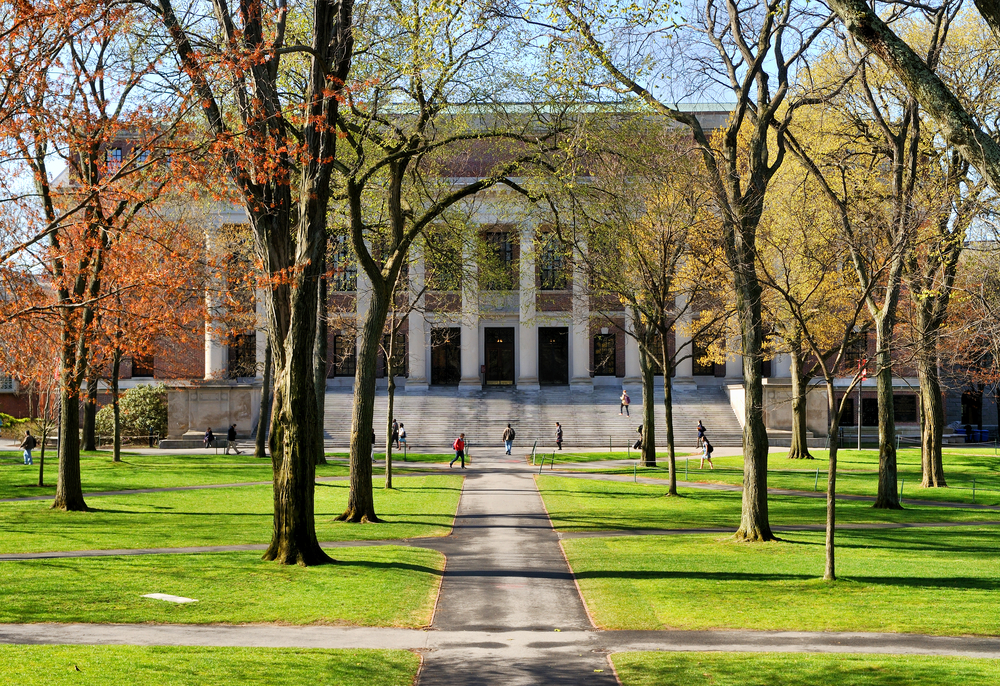Many Brazilian young people, if they have the means, opt to pursue their studies abroad. In fact, Brazil is among the top ten countries that sends students to the U.S. for tuition. In turn, Brazil is the 24th most popular destination for American students. Nonetheless, there are some crucial differences between both countries’ undergraduate education systems. Here, we outline some key points that any student wishing to study in Brazil should know.
Applications
In the U.S., university entry is decided by the famous standardized tests. Students have the option of taking either the SAT or the ACT, the main difference being that the ACT also tests for science, while the SAT only tests for reading, math, English, and writing. Both exams are also scored differently: the maximum SAT score is 1600 points, while the top ACT score is 36 points. Nevertheless, both are equally accepted by most American universities, be they public or private.
In addition to the ACT and SAT, some schools might also require SAT Subject tests, which test students on more specific topics. Students can pick from 20 different areas, ranging from physics to Modern Hebrew.
Students applying to American universities must also provide personal statements, varying in structure depending on the university. While some institutions may require one 200-word essay, others may demand over five pieces of writing. These essays are supposed to give the university a deeper sense of the student’s personality and motivation. Thus, candidates are asked to tell personal stories and explain why they are passionate about a specific subject or institution.
Brazil’s application process is quite different. Students are expected to either take the Enem or school-specific entrance exams. The Enem, or National High School Exam, is a standardized test used by all federal universities, but it is also accepted by some state-level and private institutions. In 2019, over 5 million people signed up to take the exam, but almost 9 million applied in 2014, making the Enem one of the biggest national examinations in the world. All students are tested in natural sciences, human sciences, languages, math, and writing. The results are then weighted differently, according to the student’s chosen course.
An alternative to the Enem are the so-called vestibulares, which are individual entrance exams developed by each university. These tests can vary in the number of questions, sections, and even the time of year...


 Search
Search






































